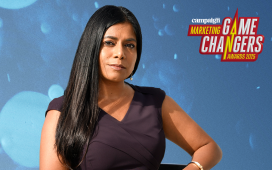The Middle East is home to some of the most ancient traces of musical instruments in the world, a strong and vibrant cultural heritage, and distinct musical traditions that are valued and developed to this day across the region.
Simultaneously, its branding and advertising landscape is currently undergoing an ambitious transformation, as the volume of content continues to grow, and many companies are looking to strike a chord beyond the local markets to reach global audiences.
For many home-grown brands with worldwide ambitions, this duality can be challenging to navigate: how do you encapsulate millennia of musical history in a way that is relatable to local audiences, whilst also spe
To continue reading this article you need to be registered with Campaign. Registration is free and only takes a minute. Register Now or sign in below if you already have an account.









